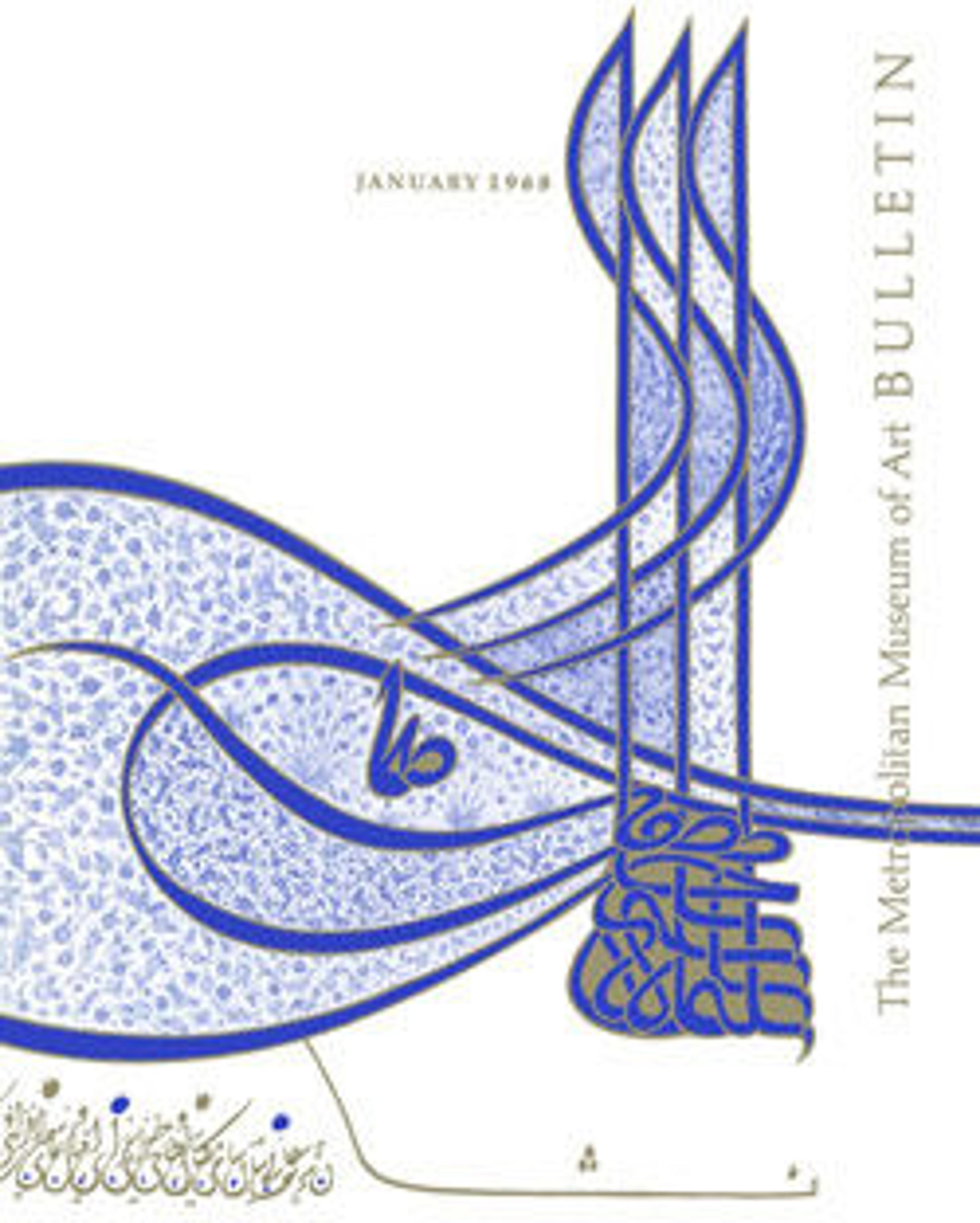Terracotta jar
Found with thirty gold staters inside.
Thirty gold staters, each stamped with the confronted foreparts of a lion and a bull, were found in this small jug. The Greek historian Herodotus wrote that the Lydians invented coinage and that Kroisos, who reigned from about 560 to 546 B.C., was the first king to issue both gold and silver coins. This jug was probably buried for safekeeping shortly before the Persian conquest of Sardis in 547 B.C
Thirty gold staters, each stamped with the confronted foreparts of a lion and a bull, were found in this small jug. The Greek historian Herodotus wrote that the Lydians invented coinage and that Kroisos, who reigned from about 560 to 546 B.C., was the first king to issue both gold and silver coins. This jug was probably buried for safekeeping shortly before the Persian conquest of Sardis in 547 B.C
Artwork Details
- Title: Terracotta jar
- Period: Archaic
- Date: ca. 560–546 BCE
- Culture: Lydian
- Medium: Terracotta
- Dimensions: 4 5/8 × 4 in. (11.8 × 10.1 cm)
- Classification: Vases
- Credit Line: Gift of The American Society for the Excavation of Sardis, 1926
- Object Number: 26.59.6
- Curatorial Department: Greek and Roman Art
More Artwork
Research Resources
The Met provides unparalleled resources for research and welcomes an international community of students and scholars. The Met's Open Access API is where creators and researchers can connect to the The Met collection. Open Access data and public domain images are available for unrestricted commercial and noncommercial use without permission or fee.
To request images under copyright and other restrictions, please use this Image Request form.
Feedback
We continue to research and examine historical and cultural context for objects in The Met collection. If you have comments or questions about this object record, please contact us using the form below. The Museum looks forward to receiving your comments.
